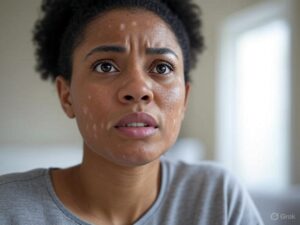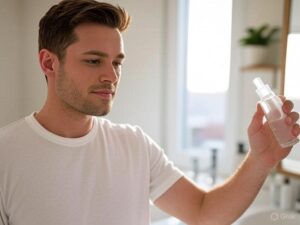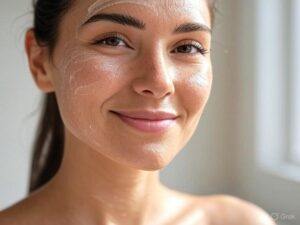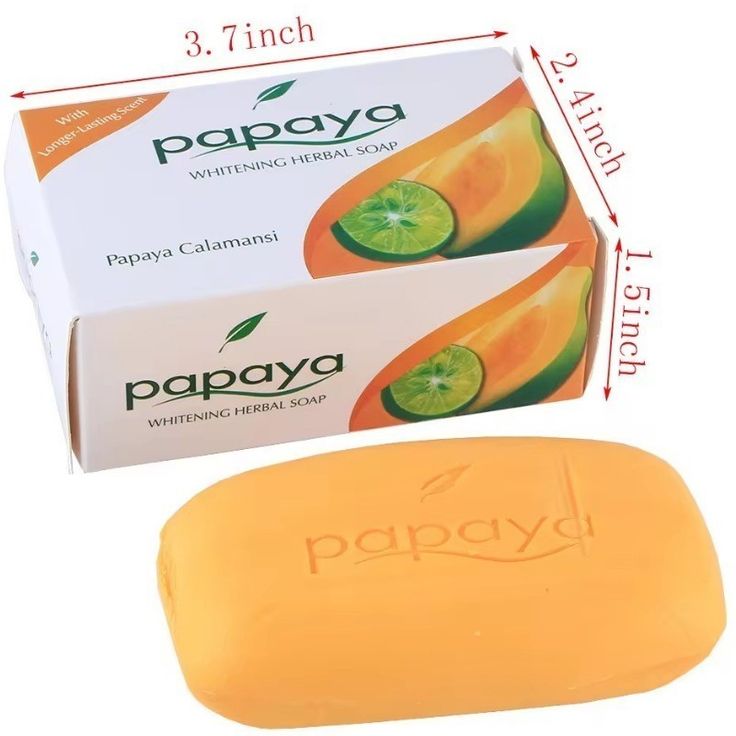
How to Identify Fake Extract Soap
How to identify fake extract soap is a question many skincare users are now asking, especially those who have been tricked into buying counterfeit beauty products that do more harm than good. With the rise in demand for natural skin lightening and exfoliating soaps, extract soaps have grown in popularity, especially in countries like Nigeria, Ghana, and across the UK. Sadly, this rise has also given fake producers a golden opportunity to flood the market with substandard copies.
If you’ve ever bought a bar of extract soap and felt it smelled different, melted too quickly, or caused unusual reactions on your skin, you’re not alone. These are common signs of counterfeit skincare products. In this guide, we’ll walk you through real-life tips to spot fake extract soap and keep your skin safe from dangerous chemicals.
Fake Extract Soap Often Smells Too Strong or Too Weak
One of the first signs that should make you suspicious is the scent. Original extract soaps, especially variants like Papaya Calamansi or Lemon, have a mild, fruity, and refreshing smell. It should not be overpowering or smell like perfume sprayed on top.
Fake soaps often:
- Have an overwhelming chemical-like fragrance
- Smell like perfume rather than natural fruit or herbal extract
- Lose their scent quickly after being unwrapped
Take a sniff before using. If the smell is too intense or doesn’t match what you’re used to, it’s best to avoid using it on your skin.
Check the Packaging for Red Flags
One of the easiest ways to spot fake extract soap is by examining the packaging. Genuine products have high-quality, professional packaging, while fakes often cut corners. Here’s what to look for:
- Spelling or Grammar Mistakes: Authentic brands like Shea Moisture use clear, error-free text. Fake soaps may have typos or awkward phrasing on the label.
- Logo Quality: Check if the logo is sharp and correctly aligned. Counterfeit soaps often have blurry or distorted logos.
- Colour and Design: Genuine extract soaps have consistent colours and designs. Fakes might use faded or slightly off shades.
- Batch Number and Expiry Date: Real products always include a batch number and expiry date. If these are missing or look tampered with, it’s likely a fake.
For job seekers eyeing relocation to work in Nigeria’s skincare industry, understanding packaging standards can make you stand out in visa sponsorship jobs, showcasing your attention to detail.
The Packaging of Fake Extract Soap is Often Poorly Printed
When comparing soaps, check the packaging design, font clarity, and spelling. Original brands invest in quality control. Their boxes or wraps are always sharp and professionally printed.
Fake versions tend to:
- Have blurry or faded colours
- Misspell words like “Papaya” or “Calamansi”
- Use cheap packaging materials that tear easily
- Print fake batch numbers or omit expiry dates
Pay attention to details. If the logo looks slightly off or the colours seem too light or too dark, it could be a fake.
Read Also: Best Dove Soap for Face: Honest 1 Best Review of the Most Gentle Choice for All Skin Types
The Texture of Fake Extract Soap is Too Soft or Melts Fast
Real extract soaps are firm and can last several baths without breaking down. Fakes, on the other hand, usually feel too soft or squishy even when dry.
You’ll often notice:
- The soap melts too fast in water
- It breaks into pieces after only a few uses
- It feels slippery or oily on the surface
These are signs the formula has been altered, often with cheap fillers or harmful additives. A proper bar should remain solid and well-shaped even after several uses.
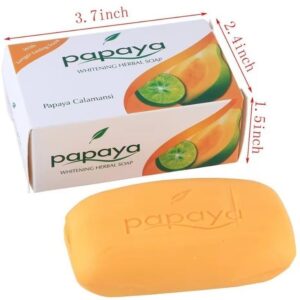
Colour of Fake Extract Soap May Be Too Bright or Dull
Authentic extract soap has a natural hue that matches the ingredients. For example, papaya extract soap will have a rich orange tone, not a neon or pale shade.
Fakes may have:
- A very bright, almost glowing colour (often artificial dyes)
- Uneven tones or streaks
- Colours that stain your hands or the soap dish
Don’t just go for the brightest bar on the shelf. Real skincare products don’t need to scream for attention with colour.
Fake Soaps Lack Proper NAFDAC or FDA Approval Markings
In countries like Nigeria, every genuine cosmetic product must have a NAFDAC number clearly written on the box or label. If you are in the UK or US, look out for FDA approval or proper registration with the relevant local authority.
If the soap has:
- No NAFDAC number
- Fake-looking or incomplete approval markings
- No manufacturing or expiry date
Then it’s best to drop it back on the shelf. Your skin is too precious to risk on something unverified.
You can verify NAFDAC registration at the NAFDAC Product Registration Portal.
Where You Buy Extract Soap Can Tell You Everything
Where you buy your extract soap matters. Counterfeit products often sneak into unregulated markets or shady online stores. To stay safe:
- Shop from Reputable Retailers: Stick to well-known stores like Jumia, Konga, or authorised pharmacies in Nigeria. Avoid roadside vendors or unverified sellers.
- Check Online Reviews: Before buying online, read customer reviews to confirm the seller’s credibility.
- Verify the Seller: If buying from a marketplace, ensure the seller has a verified badge or a solid track record.
For those seeking PR opportunities in Nigeria, working with trusted skincare brands or retailers can open doors to visa sponsorship jobs in marketing or supply chain roles, boosting your career growth.
Fake Extract Soap May Cause Skin Reactions
Counterfeit skincare products often skip dermatological testing. This means they may contain harmful ingredients like mercury, hydroquinone, or harsh bleaches. Many users have reported:
- Itching or burning after first use
- Uneven skin tone
- Sudden acne or rashes
If your skin reacts badly to a new bar of extract soap, stop immediately. Real extract soap is gentle and meant to improve skin texture, not ruin it.
Fake Extract Soap Lathers Too Much or Too Little
Another tell-tale sign is the lathering effect. Real extract soap produces a rich but gentle lather. It shouldn’t bubble like dishwashing liquid, and it shouldn’t feel dry or chalky either.
Fake soaps might:
- Lather excessively with no cleansing effect
- Leave a weird film on your skin
- Not lather at all unless rubbed hard
This happens when fake producers mix in low-grade detergents or remove essential natural oils.
The Price Might Be Too Tempting
Price is a big clue when spotting fake extract soap. Genuine products have a standard market price due to their high-quality ingredients. If you find a deal that seems too cheap, it’s likely a counterfeit. For example:
- Price is a key indicator of fake extract soap – Authentic products maintain a consistent market price because of their premium ingredients. If an offer appears unusually cheap, it’s probably counterfeit.
- Know the standard market price – Investigate the typical cost of genuine extract soap from reputable brands such as Shea Moisture. In Nigeria, high-quality products come at a reasonable price.
- Be cautious of extreme discounts – Heavily reduced prices, like a seventy percent discount, are often a warning sign. Fraudsters use bargain deals to attract unsuspecting customers.
- Verify promotions through official channels – Trusted brands occasionally run sales, but these are properly announced on their websites or authorised retail outlets. Always cross-check before purchasing.
- Pricing knowledge aids career opportunities – For those applying for a Job Seeker Visa with plans to work in Nigeria’s beauty sector, familiarity with pricing trends can strengthen applications for sales or product management roles, improving relocation chances.
You Can Trust Your Gut (and Your Skin)
Finally, your body often knows when something isn’t right. If you feel off about a product, listen to your instincts.
- If your skin feels tight, red, or itchy
- If the soap doesn’t give the same feel as usual
- If your regular extract soap starts acting differently after switching stores
Then chances are, you’ve picked up a fake.
Stay safe by checking every bar, comparing it to your usual version, and sticking to verified sellers. And if you’ve already used a fake soap and had a reaction, don’t hesitate to visit a dermatologist for help.
